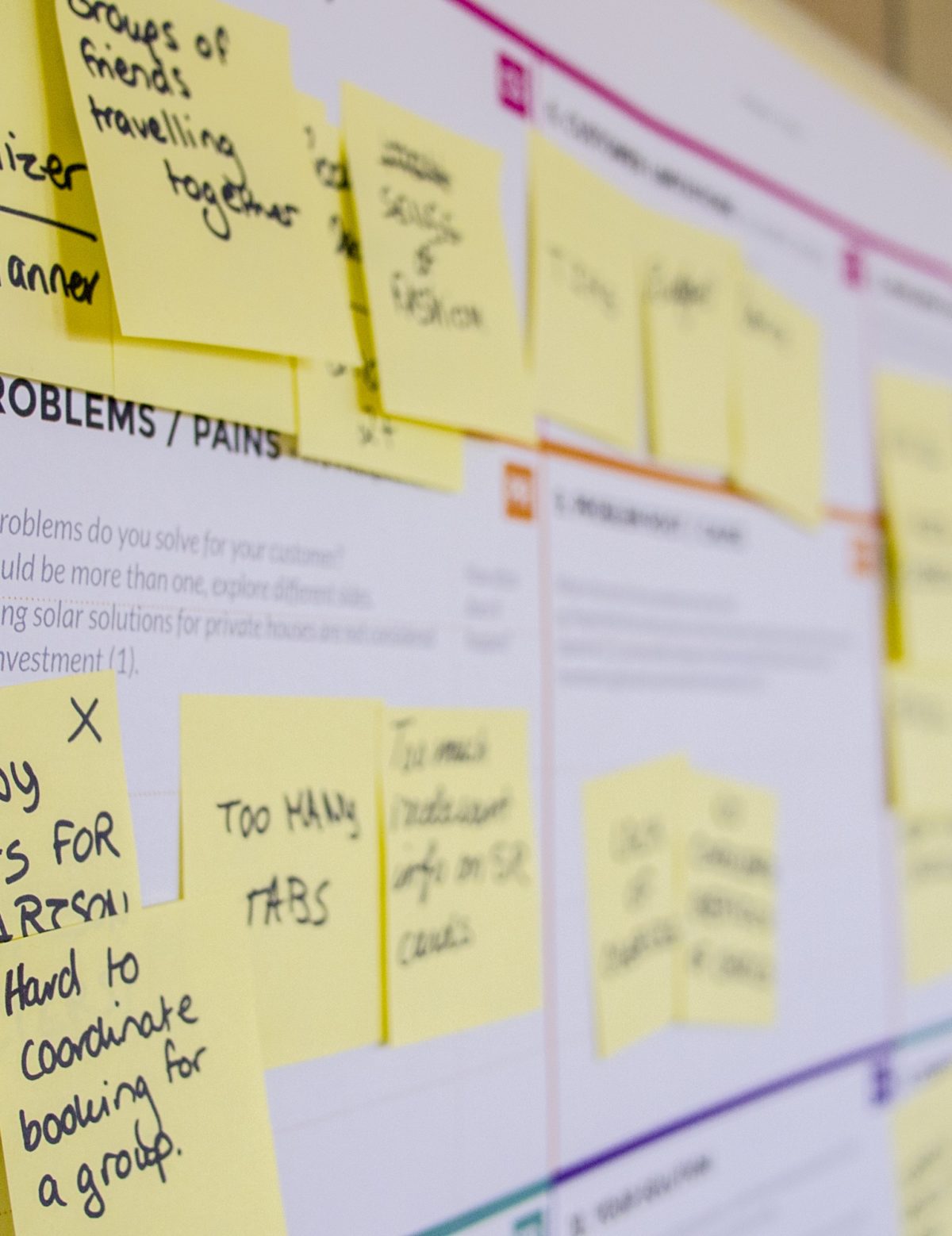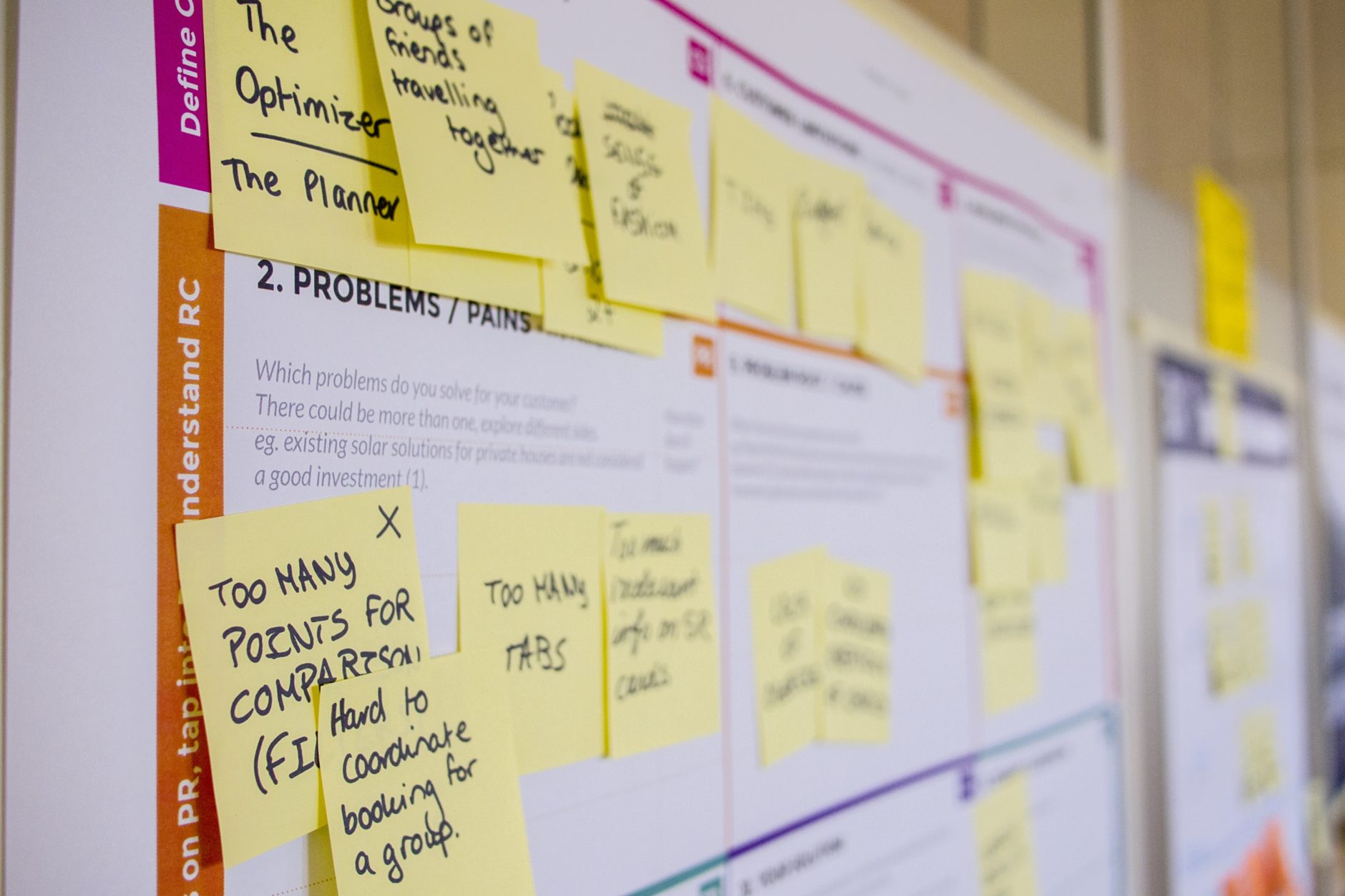This piece focuses on individuals with Intellectual and Developmental Disabilities (IDD). Our work at The Kelsey began with this focus yet as we have evolved and expanded, we’ve anchored on the essential need to build cross-disability solutions and support cross-disability advocacy.
Abstract
For adults with intellectual or developmental disabilities, a suitable home is sometimes almost impossible to come by. Hundreds of thousands of adults with disabilities across the U.S. sit on housing “wait lists” for home and community-based services. Even if they’re ready to make the move out of their parents’ home into the community or independent living, the housing options and funding supports often don’t exist.
Growing populations decreased funding, and a diversity of strategies is a challenge for federal and state policy leaders as well as for on-the-ground service providers. Research on what makes a “quality” housing option is often conflicted. Best practices in housing design and service delivery have not been sufficiently explored, defined, or shared.
This paper explores the issues facing individuals, families, providers, and policy leaders across the country. Individuals with disabilities and advocates have been fighting for thoughtful supports, inclusion in communities, and independent living since the 1960s “based on the premise that people with even the most severe disabilities should have the choice of living in the community.” The challenge isn’t new but rooted in a history of disability services that has evolved from a focus on Care (a Kennedy-driven era of special services), to Choice (a self-advocated Independent Living shift to emphasize self-determination and respect, to Access (an ADA focus on equal access and opportunity). An ongoing tension between Care, Choice, and Access remains today.
Case studies profile four providers with differing approaches to housing and service delivery, and how they face common challenges in staffing, meeting regulatory requirements, and serving a population with diverse needs. Providers and regulators constantly work to find the right balance between integration and independence, risk, and autonomy. This paper concludes with recommendations for organizations and policymakers in order to support the best possible housing choices for the millions of Americans with disabilities, where solutions and services represent a thoughtful balance between Care, Choice, and Access, and should avoid “one-size-fits-all” design.
Micaela Connery
2015 Research Fellow, JCHS
M.P.P. 2016, Harvard Kennedy School
Read the full article here!

